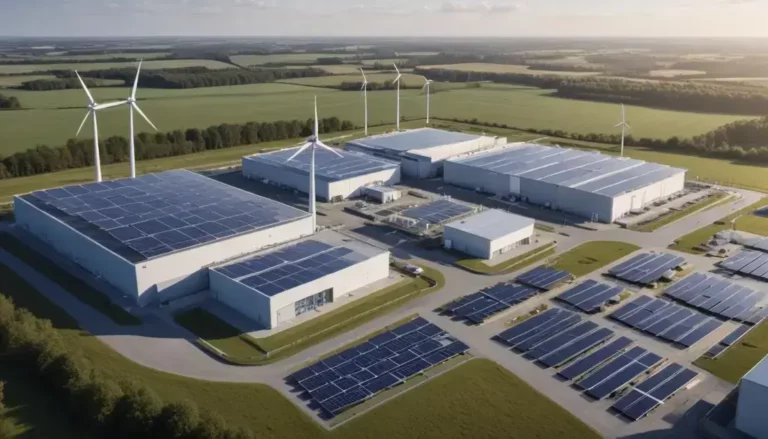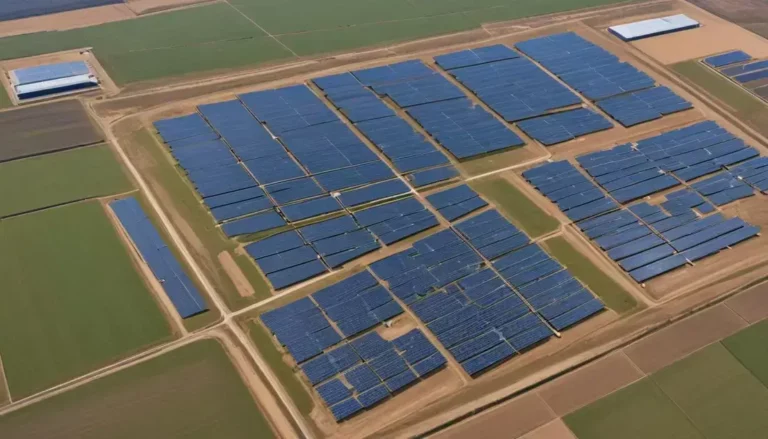Canada’s Shift on carbon tax under Mark Carney
The elimination of the carbon tax in Canada under Mark Carney’s leadership is aimed at reducing consumer financial burdens while raising concerns about the potential impact on climate goals and the necessity for alternative measures.
The recent elimination of the carbon tax in Canada marks a significant shift in policy under Prime Minister Mark Carney. This decision is set to impact both consumers and the climate strategy moving forward.
Eliminating the consumer carbon tax: What it means for Canadians
The decision to eliminate the consumer carbon tax in Canada has significant implications for Canadians. This policy shift aims to reduce the financial burden on households, particularly those struggling with rising living costs. By removing this tax, the government hopes to stimulate the economy and enhance consumer spending.
However, this move also raises concerns regarding environmental accountability. Without the carbon tax, the drive towards reducing greenhouse gas emissions may face challenges. Many environmental advocates argue that the tax incentivized businesses and households to adopt greener practices.
The government, led by Prime Minister Mark Carney, must balance economic growth with sustainable environmental policies. As energy prices fluctuate and climate change impacts increase, the focus on sustainable practices becomes even more crucial. Addressing this balance will require innovative solutions and public engagement.
In the wake of the tax elimination, dialogues around alternative measures to achieve climate goals are surfacing. For instance, investing in clean energy technologies or offering incentives for emissions reductions could fill the gap left by the carbon tax. Canadians will be watching closely as these discussions unfold, eager to see how the government navigates this complex issue.
Mark Carney’s climate strategy moving forward
Mark Carney’s climate strategy reflects a bold approach to tackling climate change while ensuring economic stability. By integrating environmental goals with economic policies, Carney aims to create sustainable growth in Canada. His vision emphasizes the necessity of transitioning to a low-carbon economy that aligns with global climate commitments.
One key aspect of this strategy is the promotion of renewable energy sources. Investments in solar, wind, and other clean technologies are essential for reducing reliance on fossil fuels. This shift not only helps mitigate climate impacts but also creates new job opportunities in the green sector.
Additionally, Carney plans to enhance collaboration between the private sector, government, and communities to build resilient infrastructures. Effective partnerships will be fundamental in addressing local and national climate challenges. By engaging stakeholders, the strategy encourages innovative solutions tailored to specific needs.
Another critical element involves developing actionable policies that incentivize emissions reductions while promoting economic growth. Carney’s administration is focused on crafting regulations that encourage businesses to adopt sustainable practices, ensuring that environmental considerations are a core aspect of economic planning moving forward.
Moving Forward with Climate Action
In conclusion, Mark Carney’s climate strategy represents an important step towards a sustainable future for Canada. By focusing on renewable energy and fostering collaborations, his approach aims to balance economic growth with environmental responsibility.
As Canada transitions to a low-carbon economy, it is essential for both businesses and communities to engage actively in these efforts. The emphasis on innovative practices and policies will help create a resilient framework that can withstand the challenges posed by climate change.
Ultimately, a collective commitment to these strategies will not only benefit the environment but also enhance the quality of life for all Canadians. Together, we can pave the way for a greener and more sustainable future.
Frequently Asked Questions
What are the main goals of Mark Carney’s climate strategy?
The main goals include promoting renewable energy sources, enhancing collaboration among stakeholders, and developing policies that balance economic growth with environmental responsibility.
How will eliminating the carbon tax affect consumers?
Eliminating the carbon tax is expected to reduce financial burdens on consumers, potentially increasing disposable income, but may raise concerns about achieving climate goals.
What role do businesses play in advancing climate initiatives?
Businesses are crucial in adopting sustainable practices, innovating, and collaborating with governments to create solutions that address environmental challenges.
How can Canadian households contribute to climate action?
Canadian households can contribute by using energy-efficient appliances, reducing waste, and supporting policies and initiatives that promote sustainability.
What are the potential risks of phasing out the carbon tax?
Phasing out the carbon tax could lead to increased greenhouse gas emissions and hinder progress towards climate targets, unless alternative measures are implemented.
How does renewable energy investment impact job creation?
Investing in renewable energy creates jobs in the green sector, fostering economic growth while also contributing to a low-carbon future.






